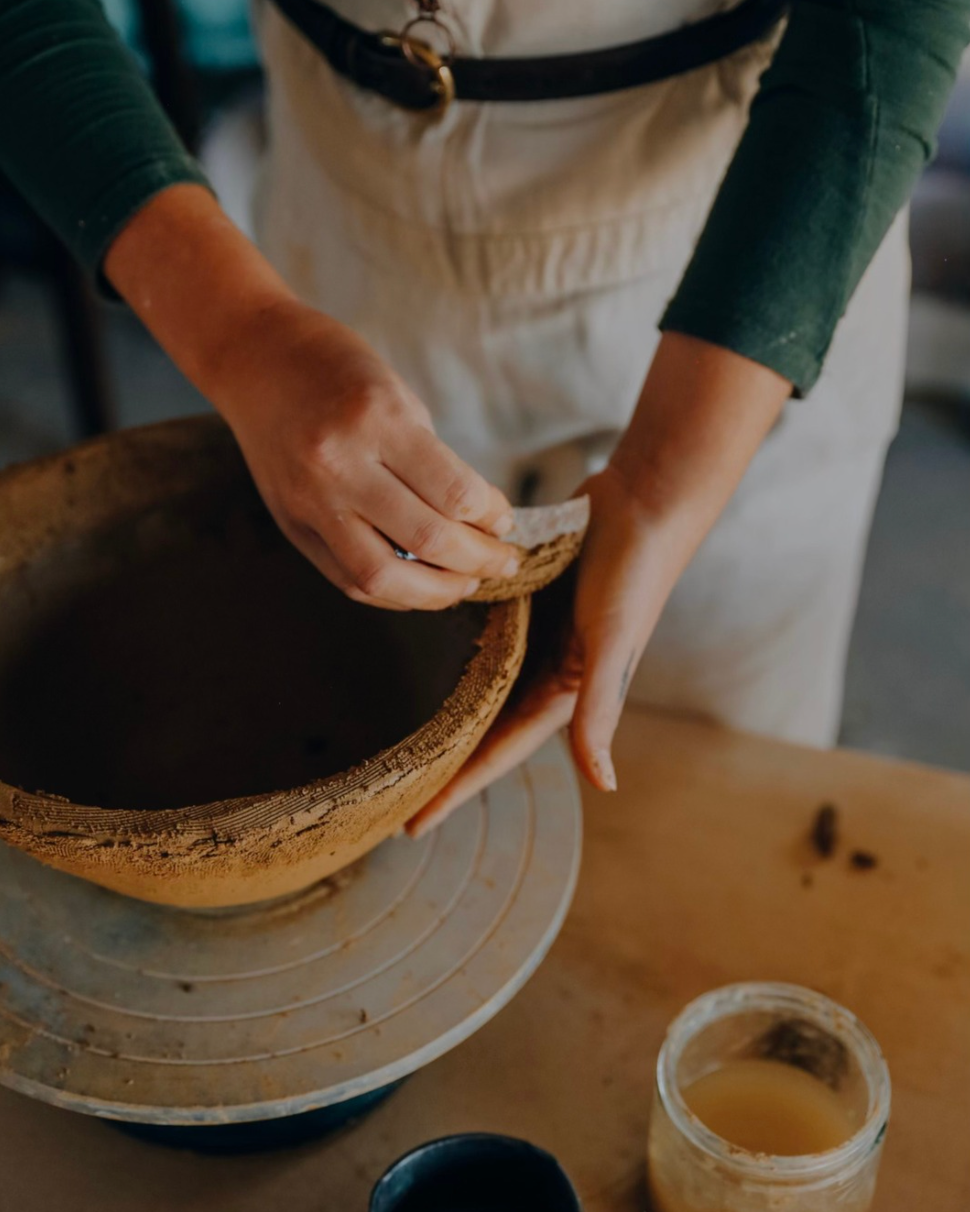
GES Masterclass Workshop
17 | 05 | 2025
A practical workshop exploring the properties of London construction clay and its potential applications in a ceramic practice. Led by ceramicist Sara Howard, participants will collaboratively develop a range of clay bodies, glazes, slips, and engobes. This hands-on workshop promises to be both informative and engaging.
Date: Saturday 17th May
Time: 1-5pm
Maximum Participants:16
Price: £150
What You’ll Learn:
As part of our workshop, attendees have the unique opportunity to work with London construction clay collected from a 12–14m deep excavation at a construction site in Wimbledon.






